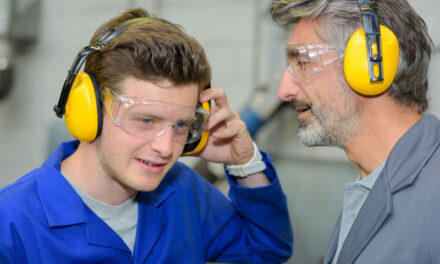If you’re not a petrolhead or someone who works within the car industry, you might not be aware of the technological advancements made in the automotive industry year on year. The second hand car industry is booming, but that doesn’t mean that automotive engineers haven’t been making leaps and bounds of technical and mechanical progress. Some of the greatest minds in the tech industry have joined forces with automotive companies in order to improve the way our vehicles operate these days.
Over the next few years (especially in light of many people shifting to work remotely and the UK’s 2040 petrol car ban) we can expect big changes in the industry.
New Business Models
In order to stay on top, successful businesses will undergo big structural change. New business models with focus on combining global reach with adaptation to local needs, regulations and community participation will rise to the forefront.
“The industry’s center of gravity will shift”, Wolfgang Bernhart, Partner at Roland Berger Strategy Consultants said. “Core technologies will change, new forms of organizational setup will emerge, employees will have to meet new requirements and new business models will develop.”
According to Roland Berger, the key is for companies to remain open and flexible.
“Companies have to face now the opportunities and challenges to make the journey ahead a rewarding one,” Bernhart concluded.
An Automated Work Force
A dramatic shift of production and sales to the Asian markets will take place, and as a result, 300,000 jobs in Europe will be at risk. In order to keep production rates up and free up the remaining workforce, the automotive industry will lean more heavily on automation on the production line.
Automation saves time and money and speeds up production times whilst ensuring a high level of quality. The team at RNA automation understand that investing in custom automation equipment can be intimidating even for large businesses with a high volume output. However, advances in technology have changed the nature of manufacturing. Developments in areas such as robotics, industrial vision and collaborative automation have opened up new capabilities, enabling automation to be applied not only in mass production processes but also in High-Mix/Low-Volume production environments.
Going Greener
In 2016, more than 2 million electric vehicles were sold worldwide and this figure is expected to rise as more automotive manufacturers add electric and hybrid vehicles to their offering. It’s predicted that electric vehicles will account for 10% of new vehicle sales by 2025, and hybrids will account for 40%.
With Tesla leading the charge for fuel and energy efficiency, other car manufacturers are following suit. VW and General Motors have unveiled electric cars, and British companies like Jaguar Landrover, Aston Martin, and Bentley competing to be the first to design and fully manufacture their own electric batteries and become the first to release all electric luxury saloon cars. Electric vehicles are also becoming more affordable, with companies such as Hyundai, Kia and Toyota unveiling hybrid cars under £25,000.
With climate fears rising and the UK government declaring a state of emergency, not only will electric cars become more widespread, but smaller and lower cost cars will gain importance, and cars will begin to lose appeal as status symbols. We can see this already with the second hand car market booming. To add to this, mobility ecosystems in major urban areas will lead to demotorization.
Self-driving Cars
Driverless cars have been a dream within the automotive industry, and whilst people in the 80s might have thought we’d have fully flying cars by now, we’re closer than ever widely adopting driverless cars.
Whilst some companies have been testing the self driving capabilities of their cars for the past couple of years, we’re still a way from wider usage. There are many cars available already with almost autonomous capabilities – such as the Tesla Model X which can essentially drive and park itself, so long as your hands remain on the wheel. Google recently revealed the self-driving pod Waymo, while Ford had hopes of a self-driving vehicle on the roads by 2021.
Whether you’d invest in a driverless car or not, it’s undeniable that the technology allowing driverless cars to exist can help make the driving experience easier. Many other cars make use of some parts of the technology (like automatic-braking sensors, motorway lane sensors, mapping technology that monitors blind spots, cameras in the back and front of a car, adaptive cruise control and self-parking capabilities) without fully surrendering to being driverless.
What do you think the future of the automotive industry holds?



